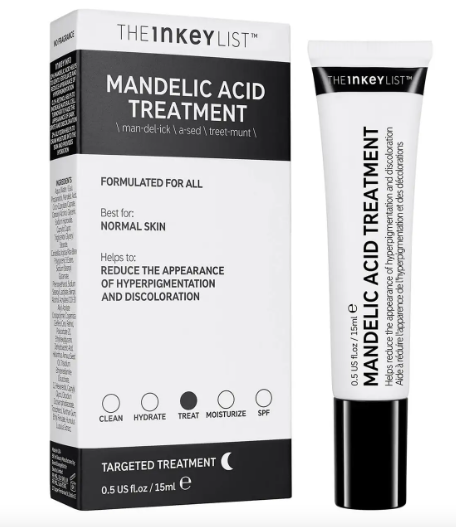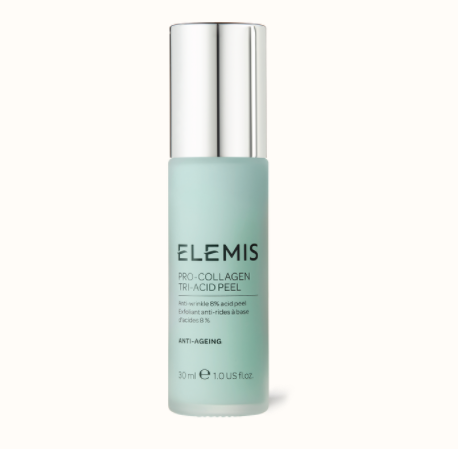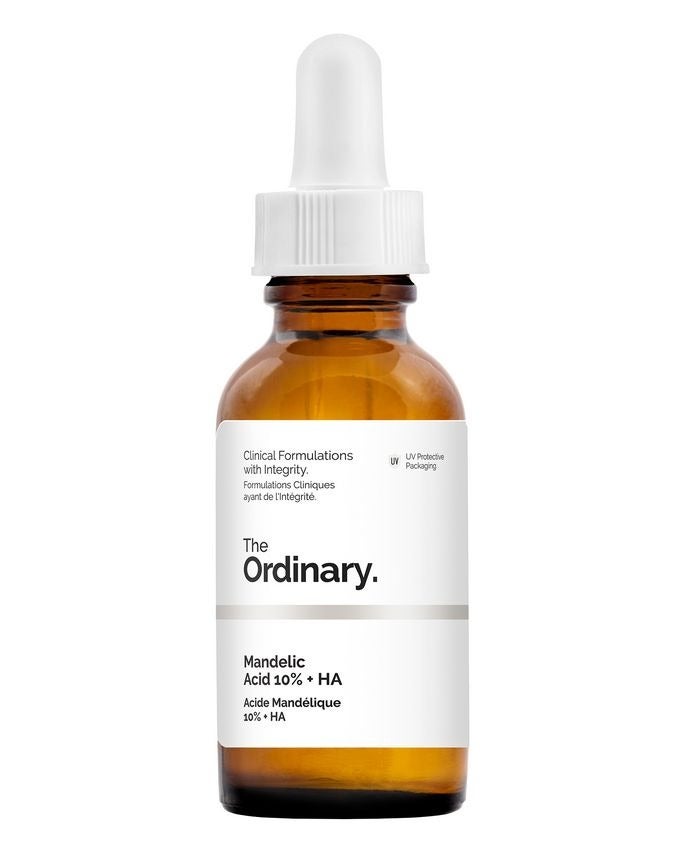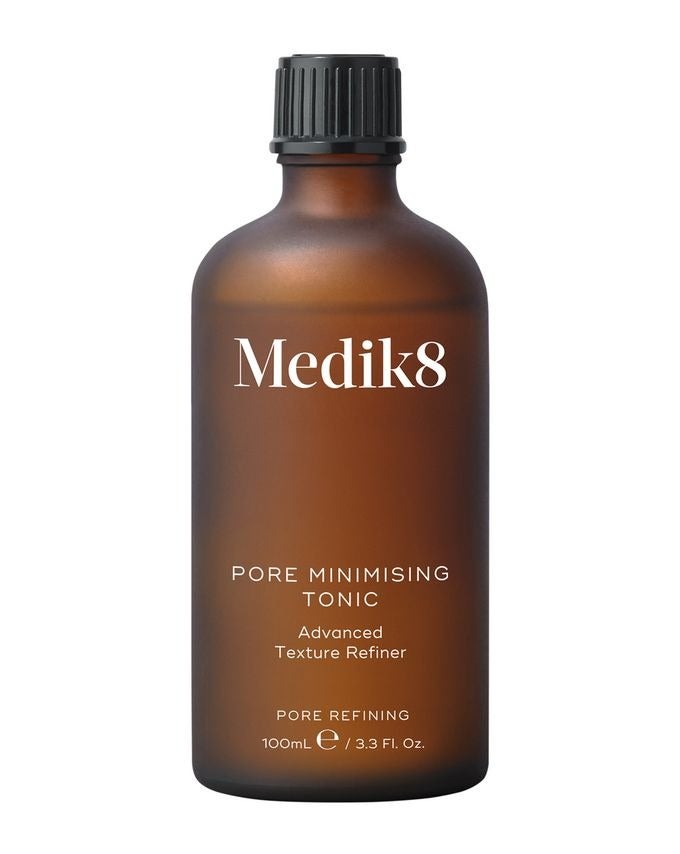From ferulic acid (an antioxidant, which protects skin against the dulling effects of pollution), to glycerin (which keeps skin moisturised, soft and supple), there are so many buzzy ingredients in skincare. But right now, experts are obsessed with just one in particular. Enter: mandelic acid.
Of course, acids are nothing new. Glycolic and salicylic acid are arguably the two most popular exfoliating ingredients among those looking to fade pigmentation, increase radiance and prevent blackheads. But mandelic acid is a little more under the radar.
At Refinery29 Australia, we’re here to help you navigate this overwhelming world of stuff. All of our picks are independently selected and curated by the editorial team, but we may earn commission or other compensation from the links on this page.
AdvertisementADVERTISEMENT
So what is mandelic acid?
Many skincare acids are derived from natural plant sources, for example salicylic acid comes from willow bark and glycolic acid is extracted from sugarcane. Mandelic acid is similar.
"Mandelic acid is an alpha-hydroxy acid (AHA) named after the German word for almond," says dermatologist Dr Elif Benar, as it is derived from the extract of bitter almonds. Dr Benar adds that mandelic acid can be used by nearly all skin types, including sensitive skin. It works by exfoliating the top layers of the skin, resulting in a brighter, more glowy complexion.
What are the benefits of using mandelic acid in skincare?
"Mandelic acid is a powerful ingredient that has a multitude of benefits," says Dr Benar, who lists treating ageing skin (such as wrinkles, dullness and skin texture changes), melasma, liver spots and sun damage, which can often manifest in dark spots. "This skin-loving AHA helps to accelerate cell turnover and increases the production of collagen for a more youthful appearance," Dr Benar adds. "Mandelic acid also helps to regulate sebum (oil) production, and can help prevent breakouts in acne-prone skin."
How should you use mandelic acid?
Dr Benar recommends incorporating mandelic acid into your evening skincare routine, and suggests looking for a leave-on, exfoliating toner. "Apply mandelic acid to clean and dry skin after cleansing and before moisturising," she advises. "It is better as one of the first layers of skincare, followed by a cream. Simply pat it into the skin gently." You can use a cotton pad, or your fingers if you want to be a little more eco-friendly.
AdvertisementADVERTISEMENT
Like all acids, proceed with caution. The key to seeing results from mandelic acid is to start slowly. "Start with a small amount at a low strength," says Dr Benar, for example 5%. "Start by using mandelic acid a few times a week, then build up slowly to give your skin a chance to get used to it, and to help to prevent any side effects such as skin irritation." If your skin is tolerating 5% mandelic acid well and you want to amp up the effects, Dr Elif suggests looking for a higher strength product, such as 8% mandelic acid.
How does mandelic acid differ from glycolic acid?
Both mandelic acid and glycolic acid are alpha hydroxy acids (AHAs) that exfoliate the top layer of skin. But it is reported that the mandelic acid has larger molecules than glycolic acid, so penetrates the skin in a slower manner, making it a tad more gentle on sensitive skin.
Are there any side effects of mandelic acid?
It's a good idea to stop using retinol before starting with mandelic acid. "If you are using retinol, you should stop using it around 5 days before using mandelic acid to avoid skin irritation," says Dr Benar. "Also avoid using mandelic acid if you have been in the sun recently. The possible side effects of mandelic acid are irritation, redness, swelling, itching and peeling, so if this happens, reduce the amount you use until your skin adjusts to it."
As alpha hydroxy acids can make skin sensitive to sunlight, Dr Benar says that it is important to use minimum SPF 30 every day. "Otherwise, skin is more prone to damage if it's not being protected by those harmful UV rays."
AdvertisementADVERTISEMENT
You may also notice dryness and flaky skin. "This is normal, though, and should resolve within a few weeks," says Dr Benar. "If your skin is sensitive or painful, stop using mandelic acid immediately and consult a skin specialist.
What are the best mandelic acid skincare products?
Elemis' Pro-Collagen Tri Acid Peel, $167, is a 15-minute face mask, which contains a trio of exfoliating acids, including mandelic acid. Apply to clean skin (recommended twice a week maximum) and rinse with warm water when the time is up, before following with your favourite moisturiser. Also Try The Inkey List's Mandelic Acid Treatment, $17, if you're on a budget.
You can use Medik8's Pore Minimising Tonic, $78, in the same way. It combines mandelic acid and gentle lactic acid for light exfoliation. If you're after a serum and your skin can tolerate acids well, try The Ordinary Mandelic Acid 10% + HA, $13.10, which is higher in strength. For extra hydration, apply your usual nighttime moisturiser over the top.
Want more? Get Refinery29 Australia’s best stories delivered to your inbox each week. Sign up here!
AdvertisementADVERTISEMENT










